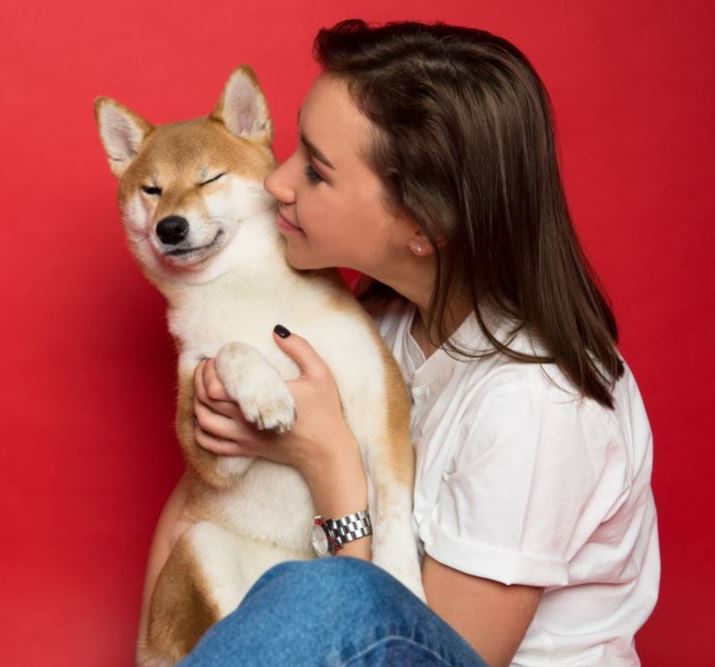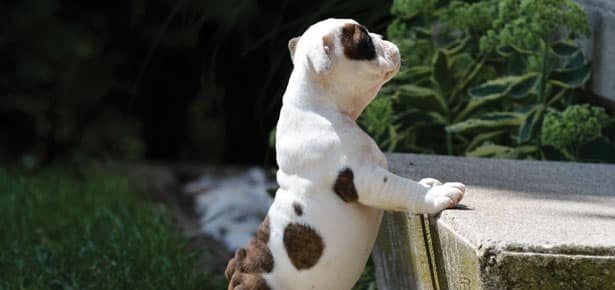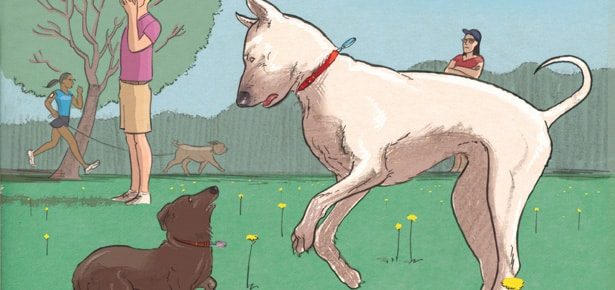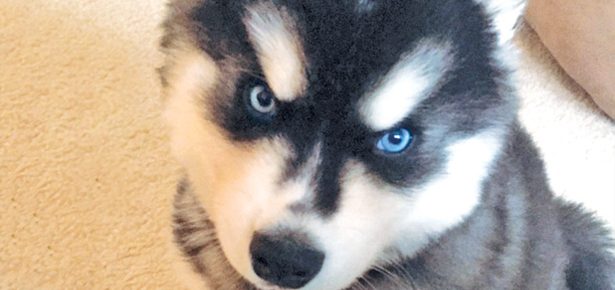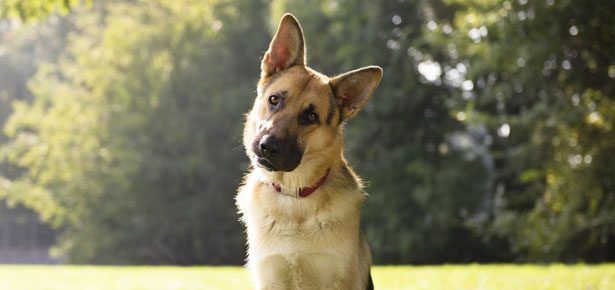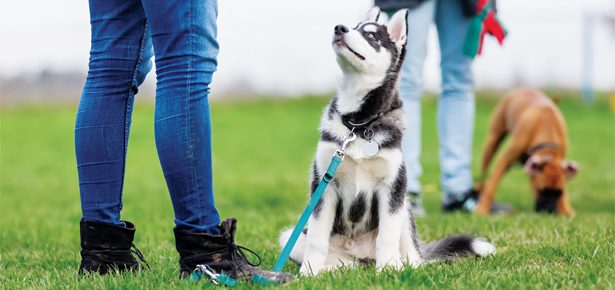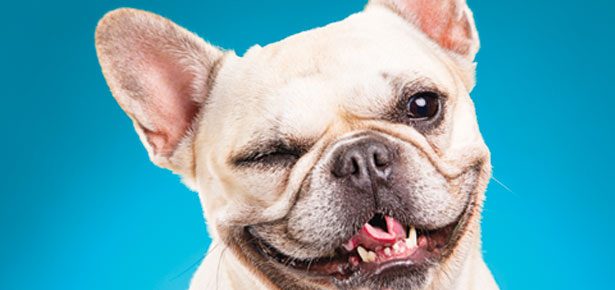
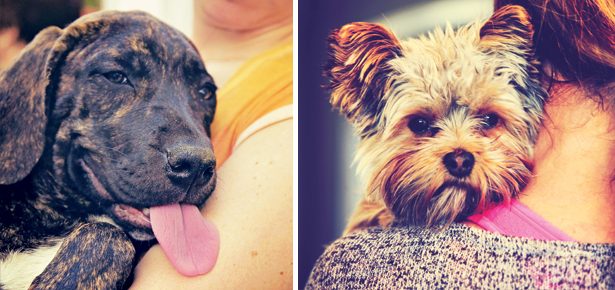
Why Does My Dog Like Some People and Not Others?
What makes a dog love or dislike you
Ever wonder why your dog gravitates towards some of your friends and not others? Research has shown that dogs are continually monitoring the social interactions their owners have with other people—and using this information to form opinions.
"Wilson doesn't like my mother-in-law and I don't know why.” The woman speaking was the wife of one of my colleagues at the university, and the Wilson she was referring to was her Golden Retriever. I was surprised since Wilson, like most Golden Retrievers, is a kissy-faced dog who likes to make friends and socialize, so I encouraged her to tell me more about the situation.
“My mother-in-law, Janet, is visiting for a few weeks,” she continued. “Although she is friendly enough, she makes no effort to be helpful. For example, we have this little area rug in front of the sofa and one edge of it got bunched up. That meant that one end of the sofa had to be lifted while the rug was tugged straight so that no one would trip on it. I was struggling to do that and asked Janet if she would give the rug a tug while I lifted the edge of the sofa. She pretended not to hear me and walked away, which is typical of her uncooperative behaviour. Wilson has been actively ignoring her and yesterday when Janet offered him a treat he refused to take it. Wilson usually only refuses treats if he is sick or really doesn't like the person offering it. I try to act nicely around her because she is my husband’s mom, so I don't think that I am telegraphing negative emotions Wilson could pick up on. Nevertheless he still doesn't like her.”
It turns out that this situation is not all that unusual. Research has shown that dogs are continually monitoring the social interactions their owners have with other people—and using this information to form opinions. Put simply, if someone slights you or acts in an unhelpful or unfriendly way, your dog may very well react by snubbing or avoiding that person in future interactions. This is the same as young human children behave in similar situations, as demonstrated by a study conducted by a team of researchers at the Max Planck Institute for Evolutionary Anthropology.
In their investigation, three-year-old children watched an actor behave in an unfriendly way toward a person (for example tearing up a drawing that the other individual had made). Later, when that unfriendly person needed a ball to complete a game, the children were less likely to give it to him, instead preferring to give it to a person who had acted in a friendly or neutral way. Now, a new study from a team of researchers at Kyoto University in Japan looked at whether dogs would react in a similar manner.
The process of watching individuals interact with each other is often referred to as “social eavesdropping.” People use it because it is a very useful means of gathering information about how others are likely to react without any real risk to the observer. This is helpful because it allows a person to “tune” their behavioural responses. The Japanese research team found that dogs eagerly watch people all of the time and use the information they gather to pick out which people are selfish and which are more generous.
Later, when dogs are given an opportunity to beg for food, they use that information to decide who to approach, showing a clear preference for the more generous people. It was not clear to Fujita, however, as to whether the dogs were watching the people for their own immediate benefit (such as a signal that they might be able to get a treat from someone) or whether they were trying to figure out what was happening in order to form a general opinion about the nature and personality of the people involved.
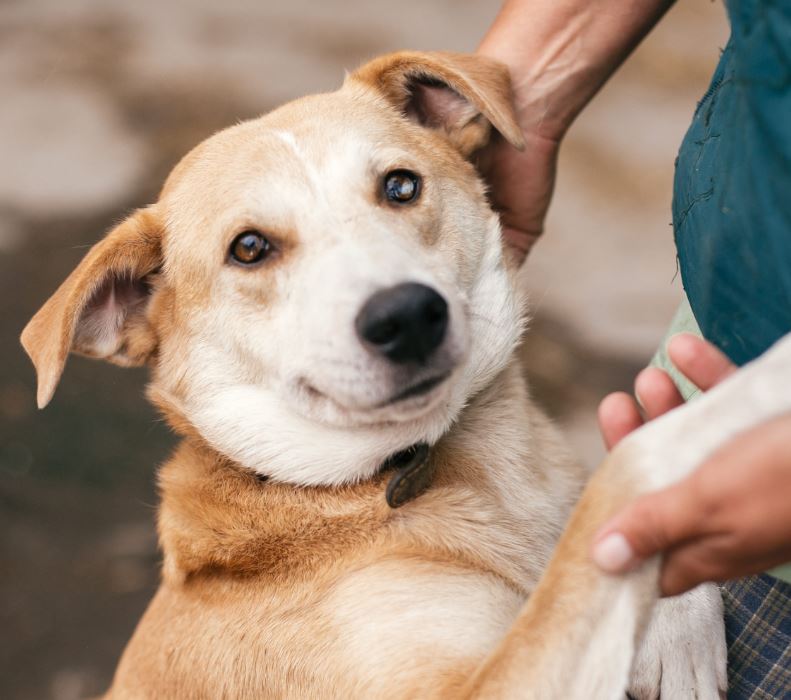
The important thing going on here is that the dogs are watching a person being helpful or unhelpful to their owners in a situation that seems to have no rewards or benefits for the dog (since most dogs really have little use for vinyl tape). Nonetheless, the dogs’ observations affected their behaviour: after the scenario played out, both the actor and a neutral bystander simultaneously offered treats to the dog. The researchers then measured which person the dogs seemed to prefer or avoid.
Results indicated that it was only after the dogs observed a person being unhelpful or uncooperative that their behaviours changed; the dogs avoided the offer of a treat from the unhelpful person and preferred the treat from the neutral person. However, they chose treats at an equal rate from both the helpful actor and the neutral bystander, showing no preference for the helpful actor.
Fujita speculated about this unexpected aspect of his findings, noting it makes sense that the dogs avoided people who behaved negatively to their owner, but that one might also expect the dogs to prefer people who helped their owners over those who were neutral. The data, however, shows that they did not. Fujita attempted to explain this perplexing finding by suggesting that helping might be the standard expectation dogs have in social interactions. If this is the case then being helpful is what is considered “normal” by dogs and therefore helpful behaviour is nothing special. It is only when someone violates this standard of “doggie morality” that the dogs form a negative impression of that individual.
Interestingly, this very same thing is seen in human two- to three-year-old child. If you remember, the study referred to at the beginning of this article found that human children refused to help someone they saw acting in a nasty and uncooperative manner. However, there was another important finding in that study, namely that the children treated someone who acted helpfully the same way that they treated someone who acted in a neutral manner—just like the dogs.
At a philosophical level, this similarity set me to thinking. It seems that both dogs and young children start out by believing that the world and the people who live in it are basically good, cooperative, and helpful. It is only when these expectations aren’t met that they change their attitudes toward specific people. This seems to me a pretty wonderful default attitude and one we would all do well to try to live up to.
Join the newsletter and never miss out on dog content again!
"*" indicates required fields
By clicking the arrow, you agree to our web Terms of Use and Privacy & Cookie Policy. Easy unsubscribe links are provided in every email.
